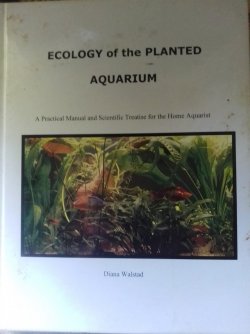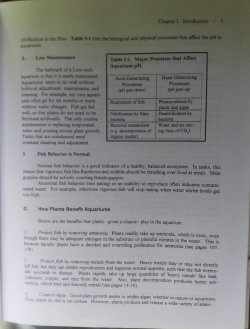We do need to mention this more when new people come in with a problem, to check how often and how large their usual water changes are.Generally very TRUE....However, one exception: If a tank has been neglected for some period as to promote what's commonly referred to as 'old tank syndrome' a large partial water change can cause such a dramatic change in water chemistry as to shock and stress the fish. In some cases, this could be fatal.
In such cases, it's best to do several small water changes a day at a time until the water reaches a point where larger volume changes are fine.
I've mentioned in a few places now that when I got into the hobby and took over maintaining my dad's long neglected tank, he'd been solely topping up with very rare water changes for years. Nitrates were so high, they were off the charts so must have been well over 200ppm for a very long time. Luckily I'd read about old tank syndrome and didn't go straight in with a huge water change, but it meant doing many small water changes stretched out days apart to get the nitrates down to even to a readable level, and many more before I could safely do a 50% or more water change on it.
As with most things fish-keeping, even when conditions are bad, slow and steady is often the way to go rather than sudden changes. And it's a good reason to maintain large weekly changes - so the tank water stays chemically close to the source water and a large water change isn't potentially devastating when it is needed.









